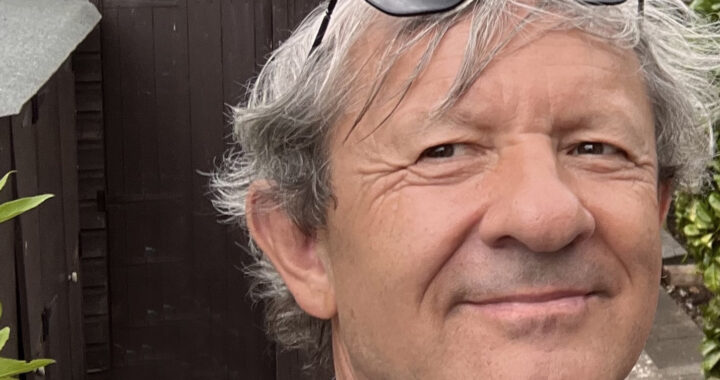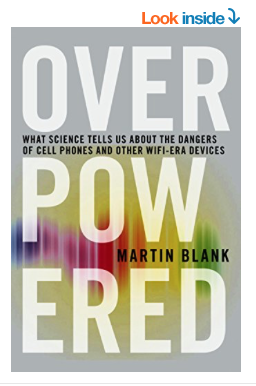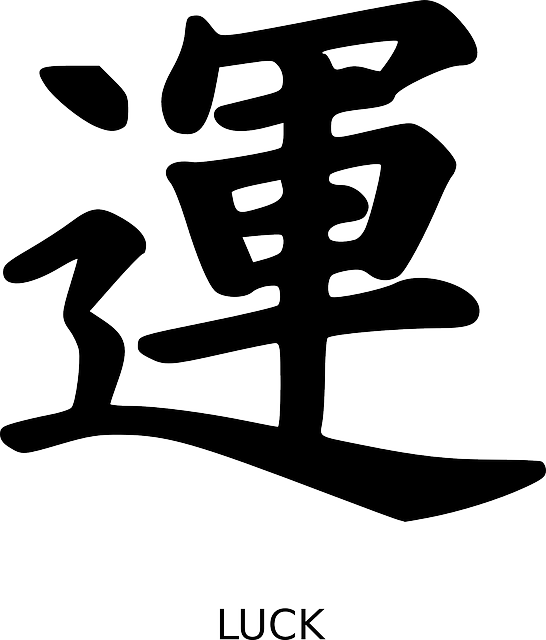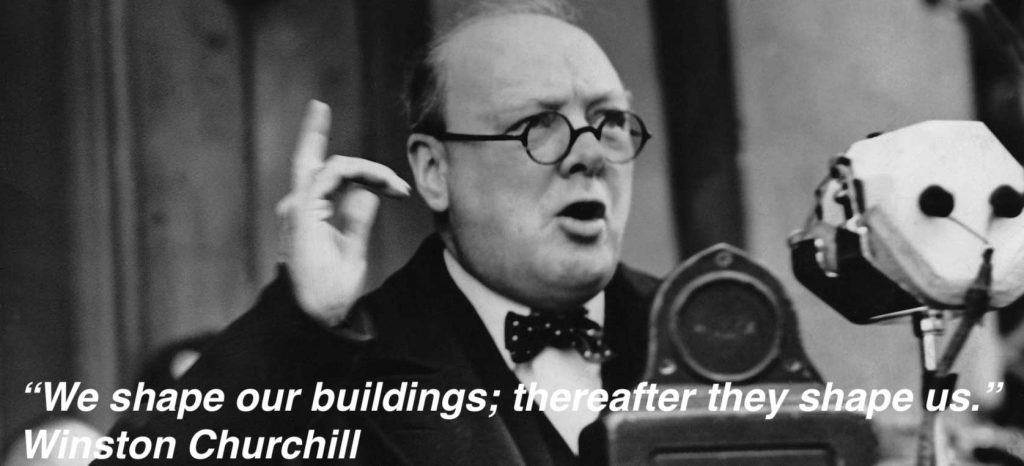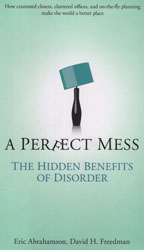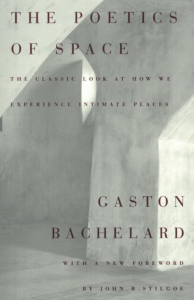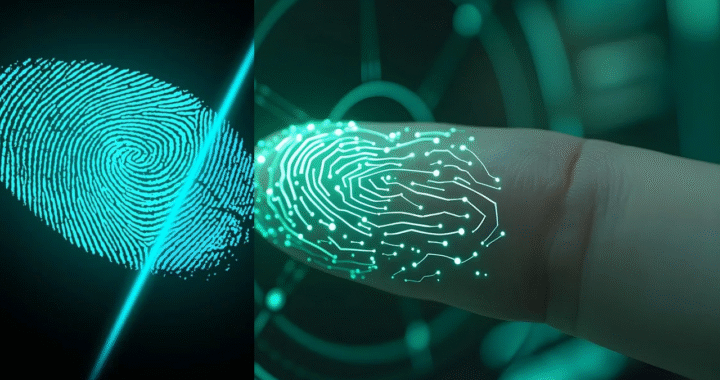Light as a health determinant: an expanded review of The Light Doctor by Martin Moore-Ede
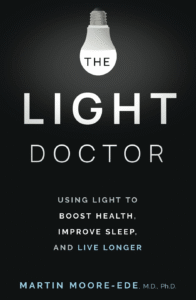 Overview and core thesis
Overview and core thesis
Martin Moore-Ede’s The Light Doctor: Using Light to Boost Health, Improve Sleep, and Live Longer argues that light exposure is a primary determinant of human health, on a par with air, water, and food. Published in 2024 by Circadian Books, the book synthesises circadian biology, photobiology, public-health evidence, and building-services practice into a practical programme for “light hygiene” across homes, workplaces, schools, and healthcare settings (Moore-Ede, 2024). The central proposition is simple but profound. Daytime exposure to bright, broad-spectrum light that includes sky-blue wavelengths stabilises circadian timing and supports mood, cognition, metabolism, and longevity. Evening and night-time exposure to the same sky-blue wavelengths disrupts circadian clocks, suppresses melatonin, and elevates risks for cardiometabolic disease, cancer, mood disorders, and earlier mortality. The practical takeaway is equally simple. Bright days, dark nights.
In what follows, I place Moore-Ede’s thesis in an academic context, highlight convergent evidence from large cohorts and laboratory mechanistic work, discuss spectrum gaps in common light sources, outline design and regulatory implications, and propose an applied light-hygiene protocol using contemporary circadian metrics.
The book’s core message is encapsulated in a powerful statement: “the light we see is as important to our health as the air we breathe, the food we eat and the water we drink”
The underlying message is that this is a major environmental problem, but it is also one of the easiest to fix:
just change the darn light bulb.
Essential solutions (Light Hygiene):
1. Get outside every day, particularly in the morning hours, as morning light is the most important time for synchronising the biological clock.
2. If you cannot be outside during the day, use light that has a broader spectrum of wavelengths.
3. At night, remove blue-rich light. Red light at night is superior because it does not trigger the sensitive 480 nm sky blue response.
4. Maintain regularity in sleeping and waking times, as the body is designed for regularity.
5. When using screens at night, blue light blocking glasses can be effective, provided they are sufficiently yellow-orange in color to block the critical sky blue spectrum (many clear, aesthetic blockers are ineffective).
Continue reading →




